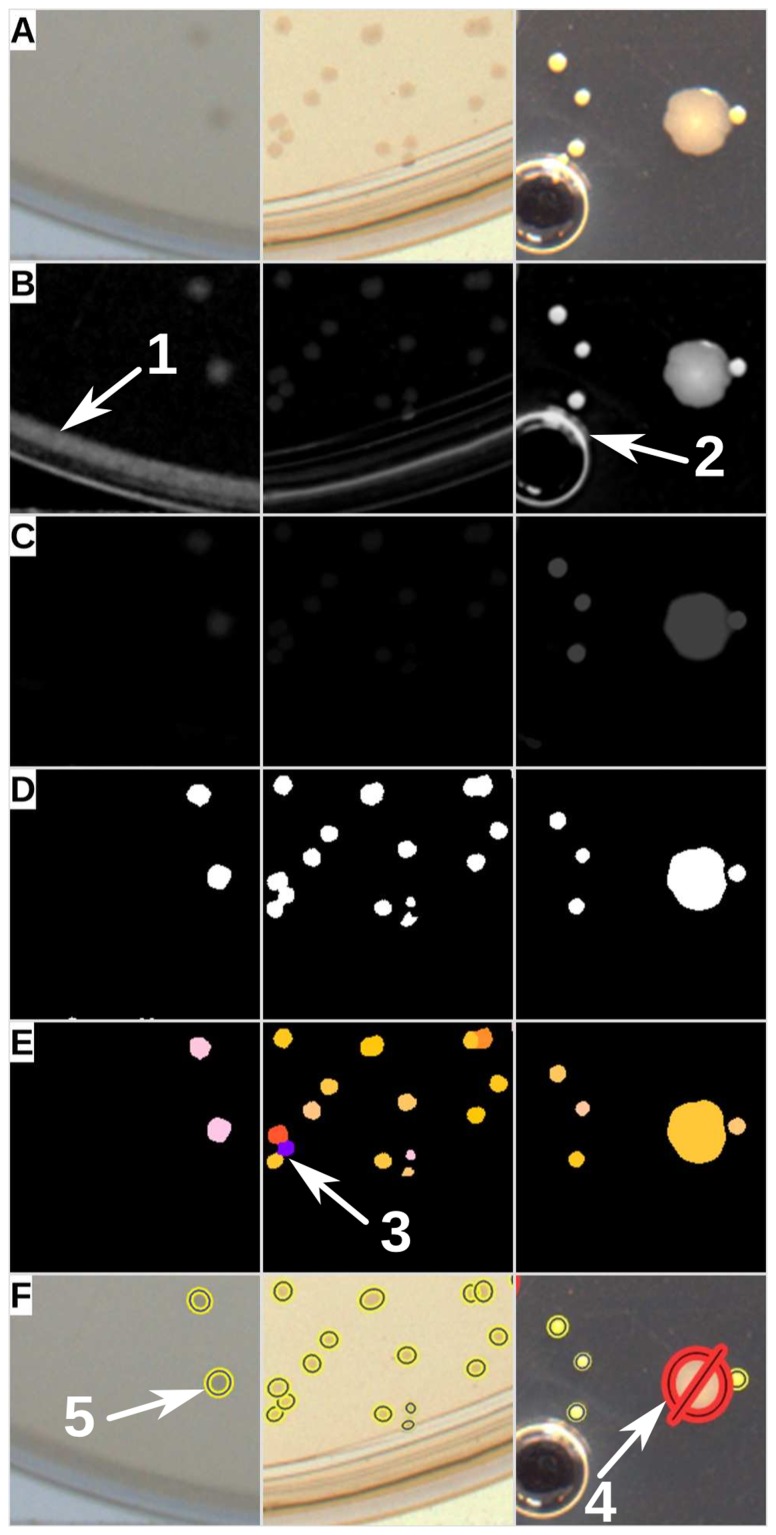Figure 2. Illustration of the processing steps performed on three sample images.
Each channel of the original image (A) is preprocessed individually and merged to a grey-scale image (B). A score-map is generated by recursive thresholding an annotation of circular regions (C). This excludes regions that were morphologically unlikely to be colonies (i.e. arrows 1 and 2). The score-map is then thresholded by a user-defined or automatically calculated value (D). The objects identified as merged colonies (on the basis of their morphological features) are segmented using a watershed variant on their distance transform (E). Arrow 3 shows objects that have been successfully segmented. Finally, the morphologically valid objects can be assessed further using intensity and colour filters. Arrow 4 shows a minority contaminant bacteria that was excluded using postprocessing filter and represented by crossed-out red ellipses. Arrow 5 shows valid colonies represented by yellow and blue ellipses. For the purpose of explanation, only representative areas (200 200 pixels) of three processed images are shown here.
200 pixels) of three processed images are shown here.

